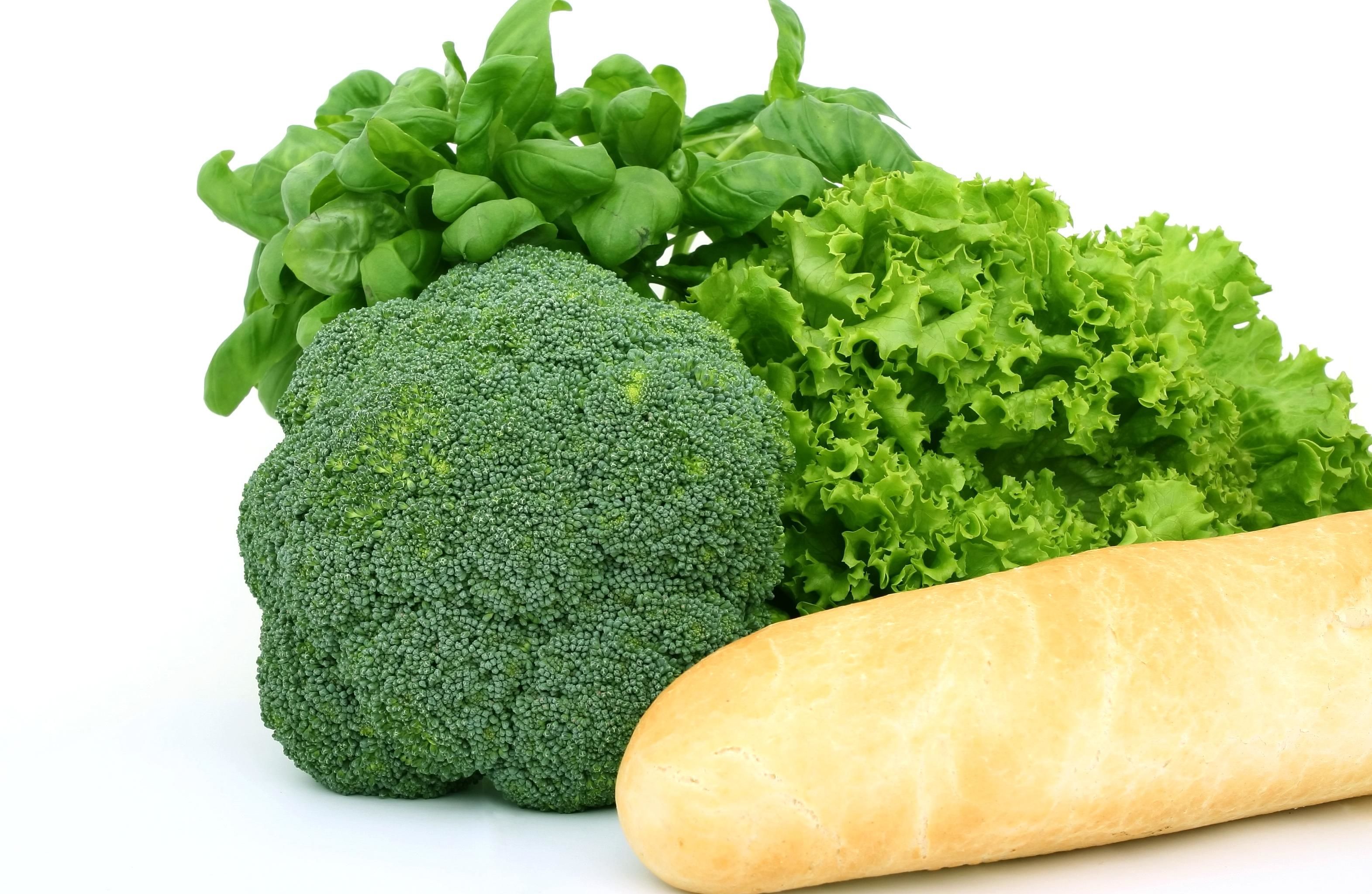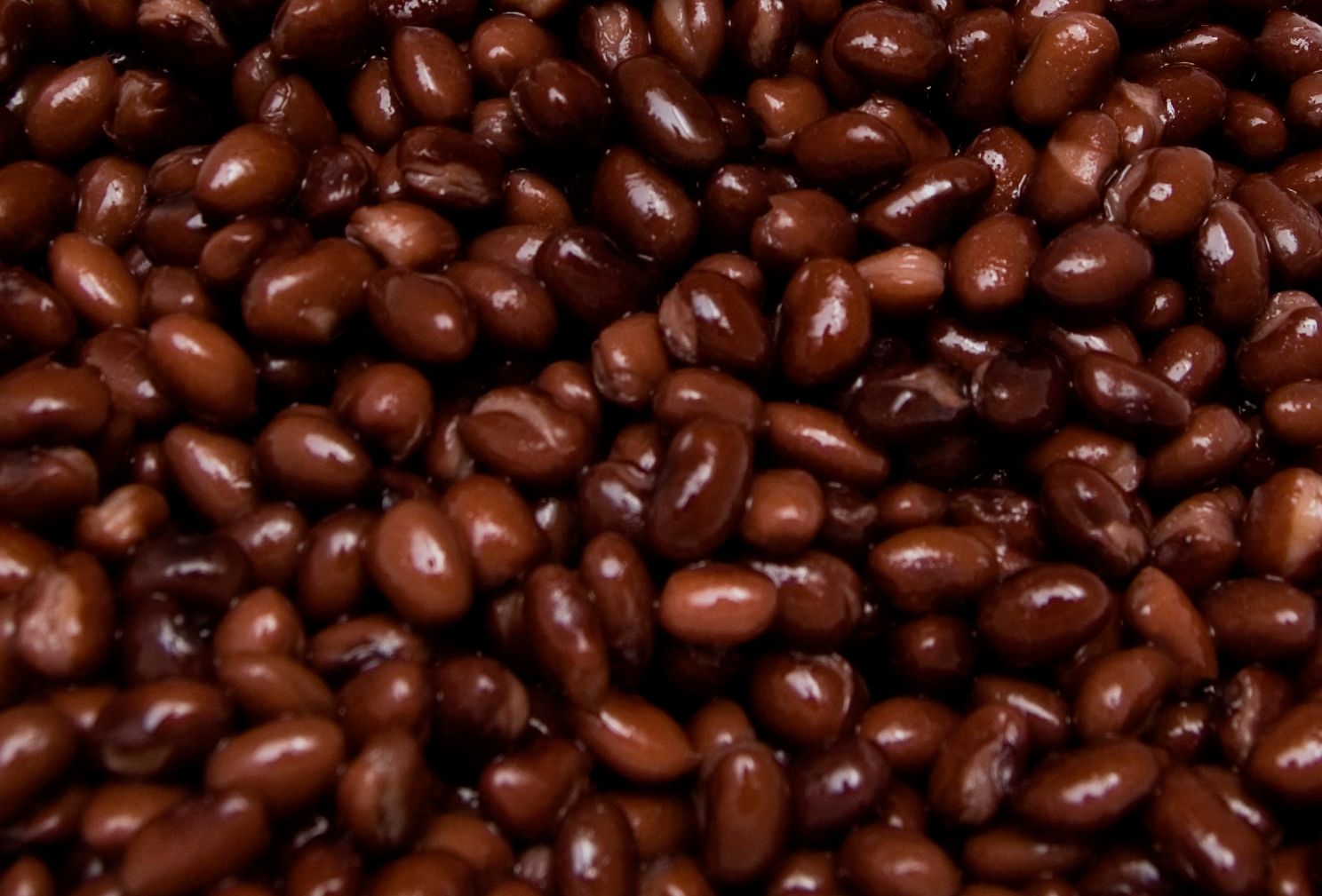
Unleashing The Dragon: The Truth About Dragon Fruit
- Oct 14, 2024
Take a walk on the wild side with a fruit that packs a real punch - the dragon fruit. Also known as pitaya, pitahaya, or the less intimidating ‘strawberry pear’, this baseball-sized tropical marvel hangs out on vining cactus plants like a gangster of the fruit world.
Peep beneath its spike-covered exterior, and you'll find a remarkably tasty, nutrient-rich flesh that can be eaten raw or cooked. It’s like a surprise party in your mouth - minus the awkward small talks or the intoxicated uncles.
Now, why should you give a damn about this fruit? Here’s a straightforward low-down, sans the fluff. Dragon fruit is like a personal bodyguard for your immune system. Its high reserves of vitamin C, flavonoids, and antioxidants can help rejuvenate and multiply your white blood cells – those little warriors that keep bacteria, viruses, and harmful chemicals at bay.
The seeds of this fiery fruit are not just for spitting contests – they’re loaded with omega-3 and omega-9 fatty acids, antioxidants that can lower your chances of heart-related hiccups. Feeling bloated after last night's taco run? Its fiber, made up of oligosaccharides, can improve digestion and help maintain a healthy gut.
People with type 2 diabetes can also experience fewer blood sugar spikes and weight management benefits, given dragon fruit’s high fiber content. Oh, and did we mention it can help give you a more youthful glow by neutralizing free radicals that lead to early skin aging?
Overwhelmed with all this goodness? We're just warming up. The red dragon variant contains lycopene, an antioxidant that can curb cancer cell growth. The fruit's anti-inflammatory properties can help alleviate chronic pain and inflammation. Plus, it can also promote healthy skin.
The taste? Think a mashup of kiwi, pear, and a touch of underripe watermelon with a texture similar to juicy, ripe pears or kiwis. Depending on the type, dragon fruits can range from mildly sweet to slightly sour. They’re like the Mary Poppins of the fruit world - practically perfect in every way.
Storing and preparing dragon fruit are hassle-free. Just slice it up like a pizza and eat away, or scoop out the flesh for bite-sized pieces. Most dragon fruit can last a solid month in the fridge, while at room temperature, expect about four to five days of freshness.
Finding ripe dragon fruit is like detecting a decent date -firm but gives under pressure, heavy for their size, and shows no signs of visible bruises.
While dragon fruit is generally safe and healthy, over-consumption could lead to a few minor issues - just like binging on any good thing. Occasionally, people may experience mild allergic reactions. Remember, moderation is key, even with this superstar fruit.
So, wave goodbye to your standard apples and oranges, and embrace the exotic dragon fruit. It’s like taking a trip to the tropics without leaving your kitchen, while also doing your health a dirty great favor. We dare you to unleash the dragon!
References:
- International Journal of Agriculture Science and Research
- Agricultural Marketing Resource Center
- World Journal of Pharmacy and Pharmaceutical Sciences
- PLoS One
- Oxidative Medicine and Cellular Longevity
- Pharmaceutics
- Food Republic
- Blue Book Services
- Food Network
- Sci Rep
- U.S. Department of Agriculture Agricultural Research Services
- Med Pharm Rep
- CARE Hospitals
- Fischer Institute






